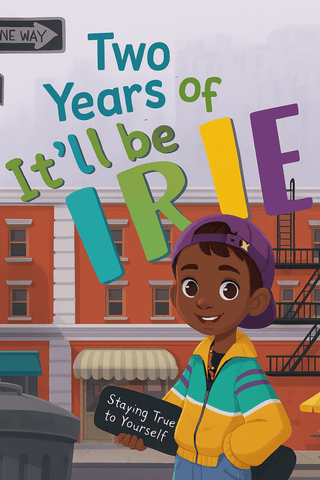 Part One
Part One
Lessons To Teach Positive Character Traits
Be honest with the teacher about the length of time you spent to complete a project
Be honest when taking a test-don’t look over anyone’s shoulder
Don’t bully anyone into helping you. Always ask. If they say no, move on to another classmate.
Help a struggling student take a test if English isn’t their native language
Help a struggling student study for a test
Always be supportive:
- Never make fun of someone’s accent
- Never make fun of the way they dress
- Ask what their native country is like but help them to learn the American way of life
Examples:
Eleanor Roosevelt
Two of the best role models I know for character through literacy activities are these individuals. Eleanor was an outstanding first lady who was of immense help to her husband in peace and war. In WWII she was responsible for bringing many Jewish war orphans to the States. She helped to establish a site in Oswego, upstate New York.
Exercises:
- Eleanor Roosevelt wrote a daily column called “MY DAY” that appeared in newspapers and magazines all across the country every day (except Sunday) for about 26 years. Because she wrote about the events happening in her life (sometimes about very important things like war and international peace, sometimes about not very important things, like her shopping at a local farm market) some people consider her column to have been the world’s first blog. Why not start a journal or a blog that highlights your adventures and activities this summer?
Despite the fact that Eleanor Roosevelt wrote thousands of columns, articles, essays, letters, the Universal Declaration of Human Rights, and more than two dozen books, she felt very insecure about her writing. Though she graduated from Allenswood School in England (essentially the equivalent of high school), she never attended college and felt intimidated when she thought of her work as compared to what she considered “actual” authors.
How often would you write? Every day, every few days, once a week?
What would you write about?
What format would your writing take – a notebook, a journal, a blog, a tweet?
What audience would you be writing to? Perhaps your future self?
Source: FDR Library (Hyde Park, NY)
Here at Cardinal Rule Press, we are happy to help you with resources for your bookstore or library. Click HERE for your freebie!

Grade Levels: 6-8, 9-12 (Source: Brain Pop)
Step 1: ACTIVATE PRIOR KNOWLEDGE
Step 2: BUILD KNOWLEDGE
Step 3: APPLY and ASSESS
Assign the Abraham Lincoln Challenge and Quiz, prompting students to apply essential literacy skills while demonstrating what they learned about this topic.
Step 4: DEEPEN and EXTEND
Students express what they learned about Abraham Lincoln while practicing essential literacy skills with one or more of the following activities. Differentiate by assigning ones that meet individual student needs.
Make-a-Movie: Produce a mini-documentary describing Lincoln’s career as a congressman and president. Include details about how he impacted American society.
Make-a-Map: Make a concept map identifying Lincoln’s important speeches and policies, and explain their impact on the U.S.
Creative Coding: Code a digital museum exhibit featuring symbols and events that represent Lincoln’s presidential legacy.
Primary Source Activity: Examine and analyze Lincoln’s inaugural address.
Part Two
Families join hands—Dad and son and Mom and daughter
Talk about people in their families who made a difference—male and female and how you can do the same
Memoir: How to Write About Family
Writing a memoir is one of the best gifts you can give to your family, especially future generations. Think about it: How much do you really know about your grandmother? What about her grandmother— Do you even know the name of your grandmother's grandmother? If we're lucky, we'll know the basic outline of our ancestry, but very few of us know the rich stories that make up the lives of our family members.
Don't forget your free downloadable HERE!
Joan Ramirez holds a Master of Science in Business, Medical, and Technical Journalism as well as two others in English as a Second Language and Elementary Education/Autism. She has published on a variety of topics, from cochlear implants to the economy and has conducted workshops –domestic and foreign–on the nuances of business communications for managers and start-up companies. She is the leader of her own enterprise with training programs (over twenty-five years of expertise) for entrepreneurs at all levels. For many years she trained the technical staff of a large engineering firm in the nuances of business writing and verbal presentations. She is the author of Go For It Leadership Handbook and Jamie is Autistic: Learning in a Special Way, which is now in English and Spanish. She continues to give webinars and in-person empowerment webinars for students—of all ages. She recently won a contest for her Story in Fifty Words for younger children. She can be reached on writerjr1044@gmail.com.


Leave a comment